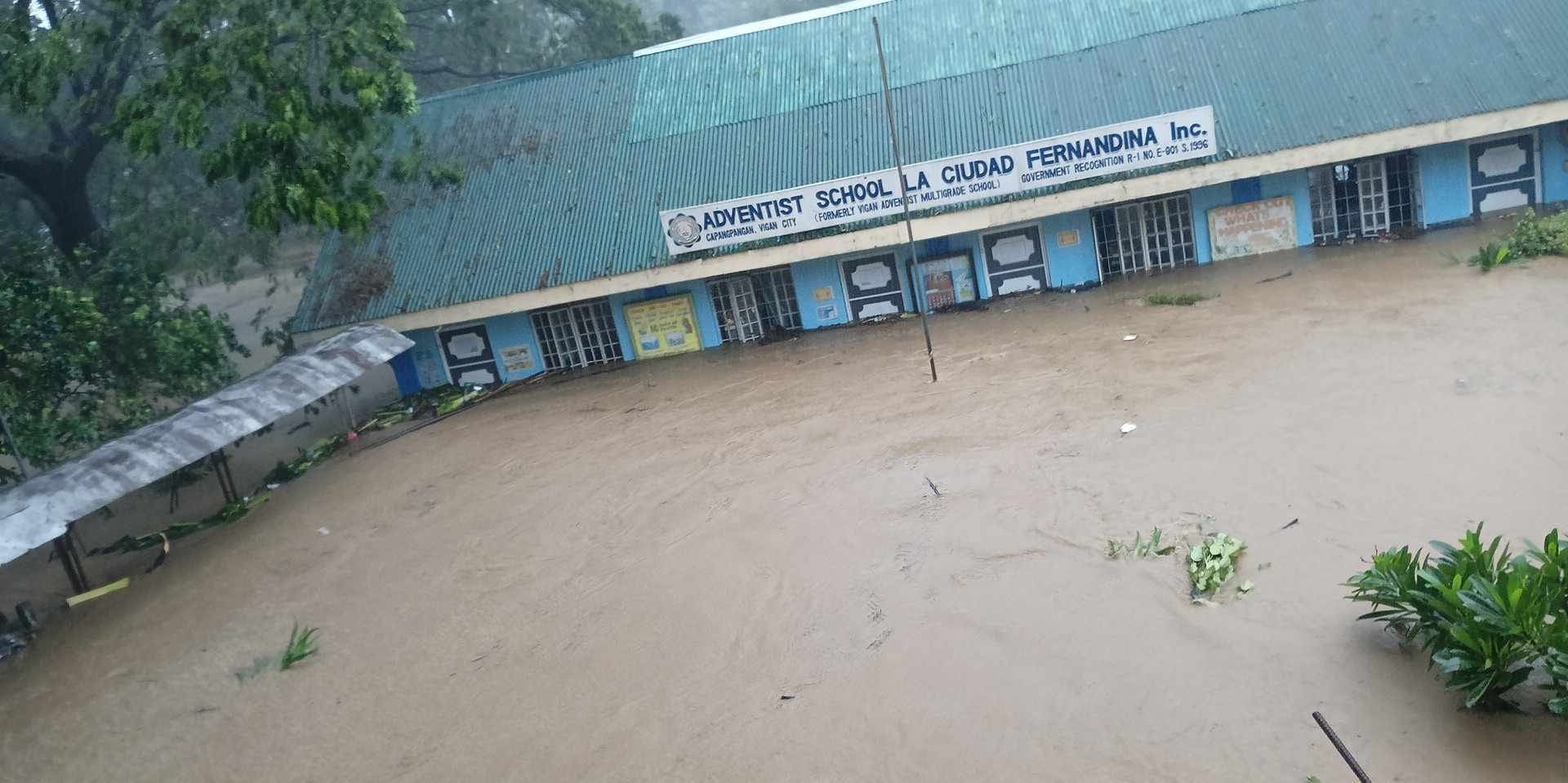
The North Philippines region endured heavy rains and catastrophic floods as Super Typhoon Egay (international name Doksuri) swamped five regions. The disaster has impacted an estimated population of more than 35 million people.
Local officials placed the Ilocos region under a state of calamity after Typhoon Egay wreaked havoc on more than 4,000 families there. Local government units opened evacuation sites to respond to the growing needs of relocated families.
Massive floods prompted the shutdown of major modes of transportation and airports in various sites around the North Philippines. The Quirino Bridge (popularly known as the Banaoang Bridge), which connects two towns in Ilocos, was also devastated.
According to the most recent situational assessment from the National Disaster Risk Reduction Council, Super Typhoon Egay caused 21 rain-induced landslides and floods in Calabarzon, Bicol, Western Visayas, and Northern Mindanao.
To avoid electrocutions in places flooded with water, energy utility providers in affected areas turned off power supplies. Roadblocks, landslides, and communication problems have also hampered rescue efforts in flood-ravaged districts. Egay’s extensive damage to national highways and communications has hampered relief efforts, which may require air transport to reach impacted villages.
The recent flooding in the North Philippines has affected Adventist homes too. A group of teenage missionaries from the Adventist college in North Luzon became stuck on the second story of an Adventist church in Vigan with no food or water. The river current was too powerful for a rescue boat to reach them, according to church members. There was a rescuer with them, but there was nothing the rescuer could do. They said that the nearby school had already been inundated. Floodwaters had suddenly increased, making evacuation more difficult. Despite the difficult circumstances, the crew was able to swim out of the flood as the water began to recede, and everyone was able to flee to safety.
The Southern Asia-Pacific Division of the Seventh-day Adventist Church is seeking prayers for everyone in the North Philippines, where several regions are under a state of disaster. Emergency response teams of the Adventist Development and Relief Agency (ADRA) in the Philippines have conducted quick evaluations to assist flood-affected households.
Due to challenges with transportation, ADRA is partnering with local government units to send out relief efforts to most affected areas. ADRA Philippines works closely with the local government units to determine the best methods to help in the situation and meet the requirements of the impacted families.
The original version of this story was posted on the Southern Asia-Pacific Division news site.